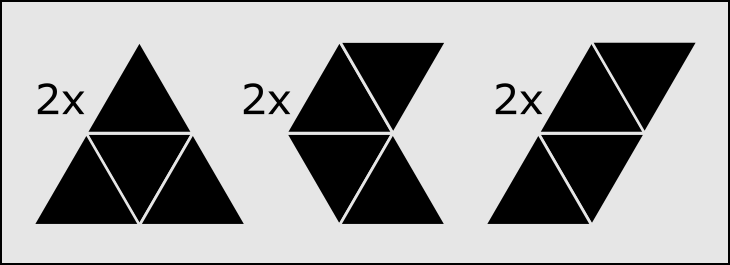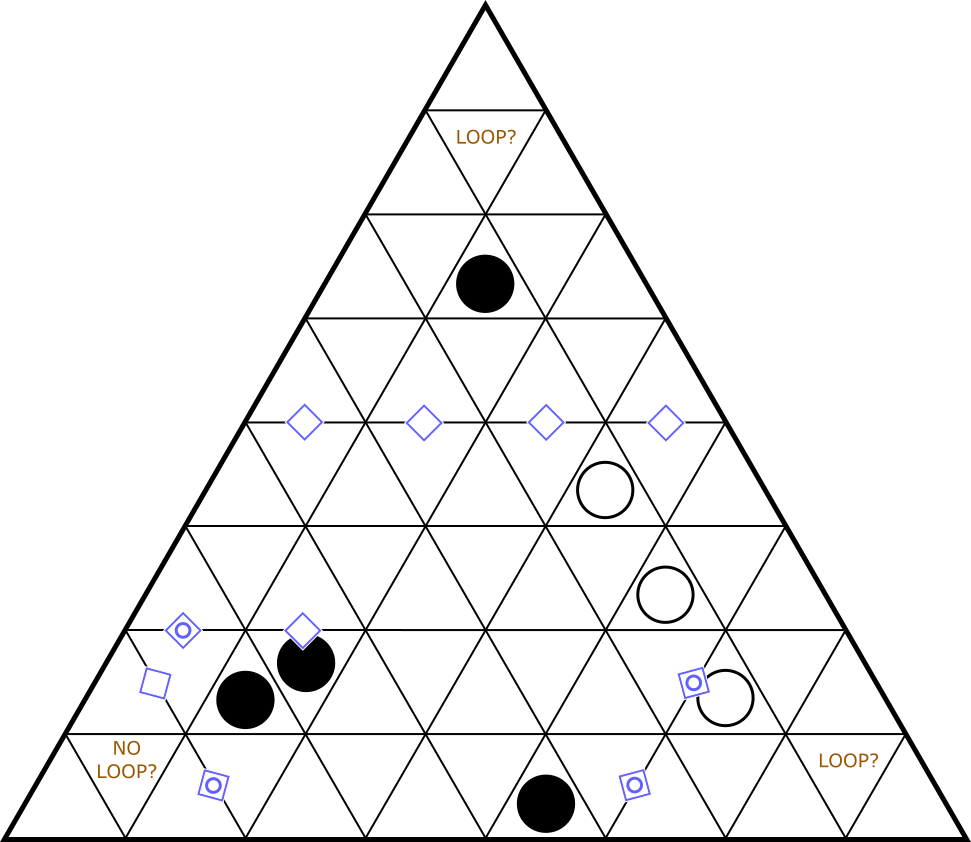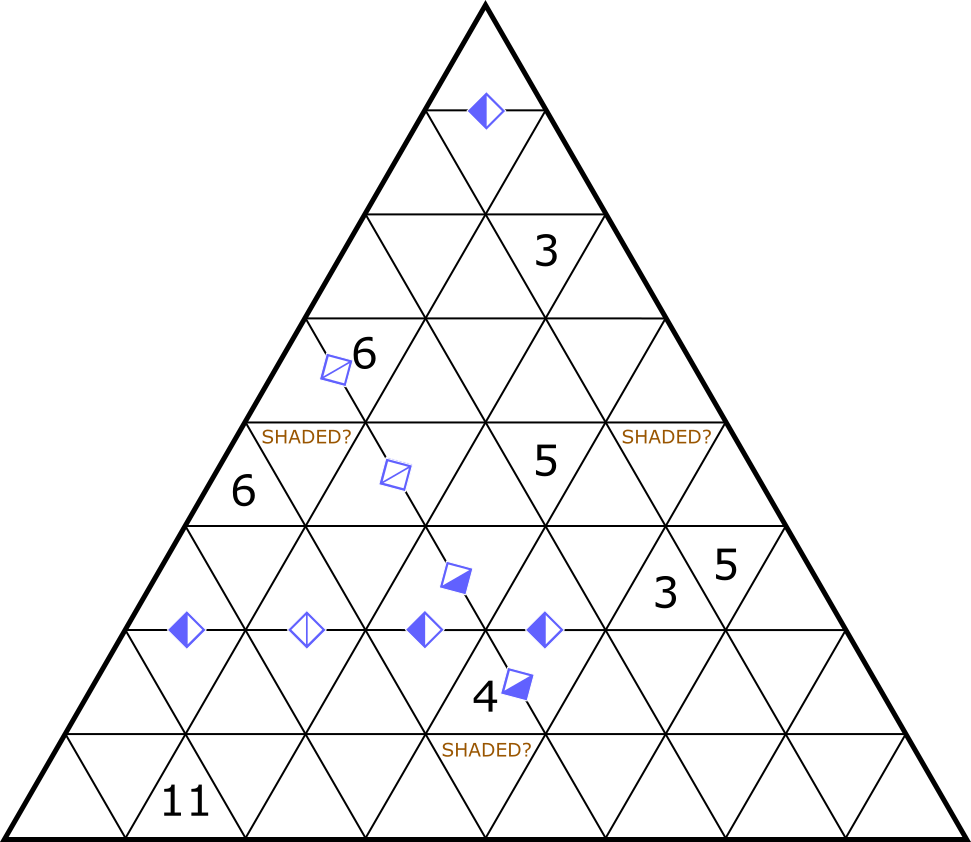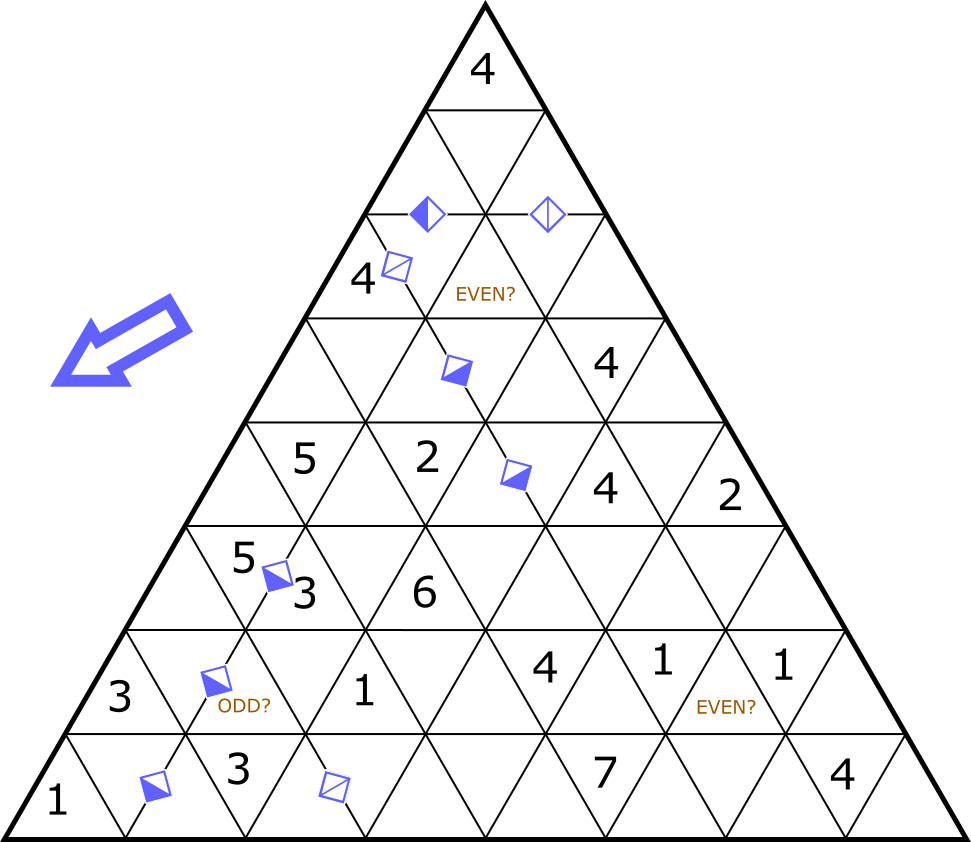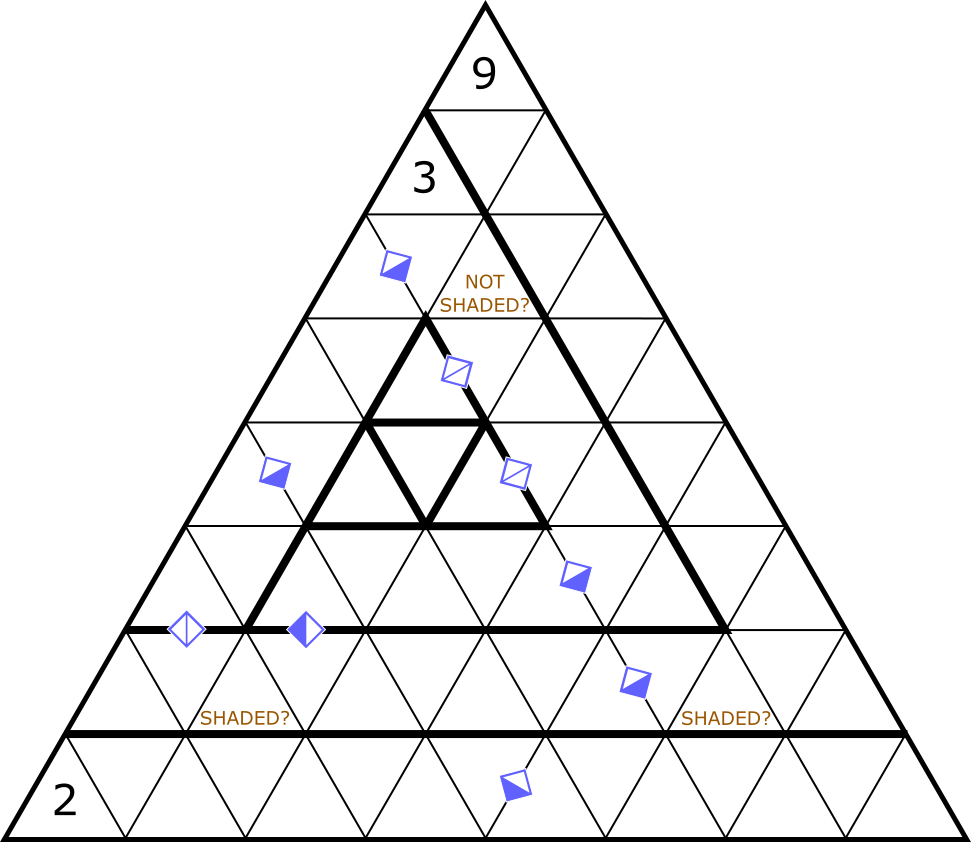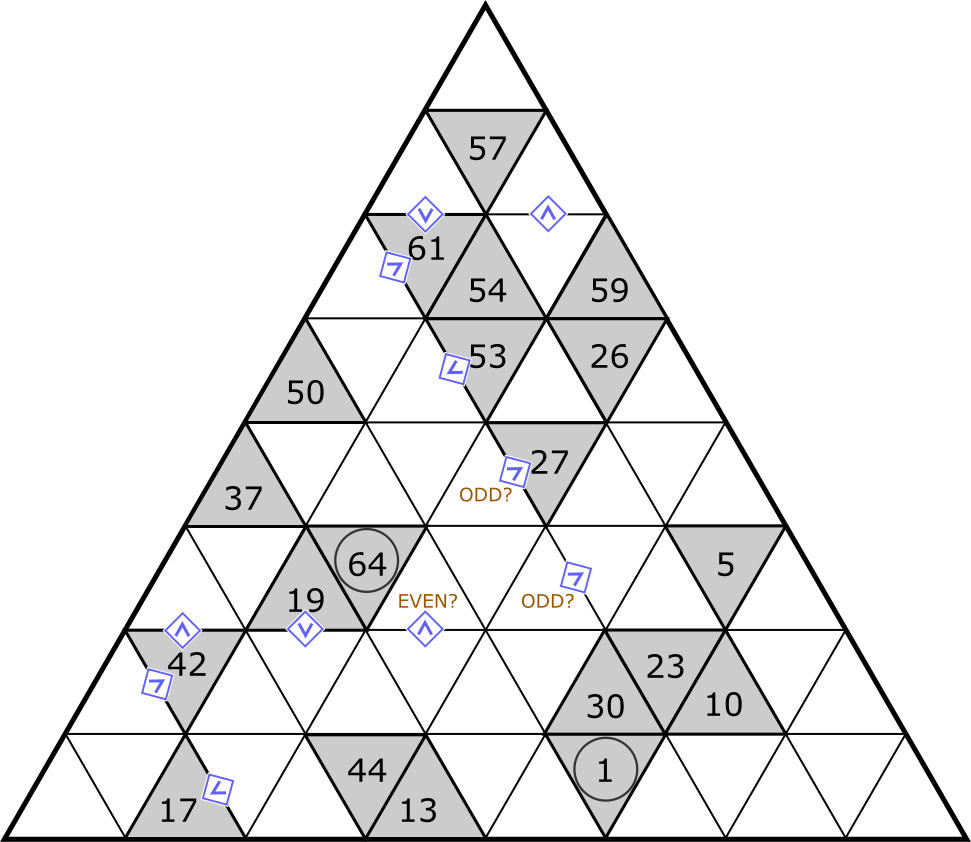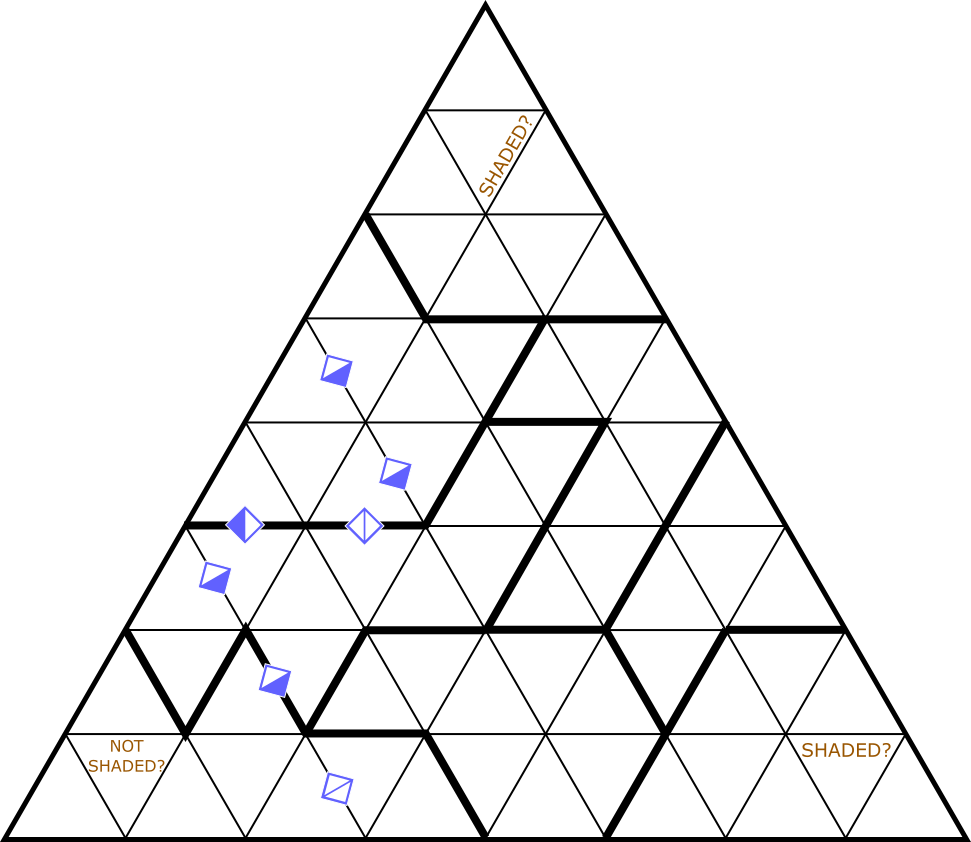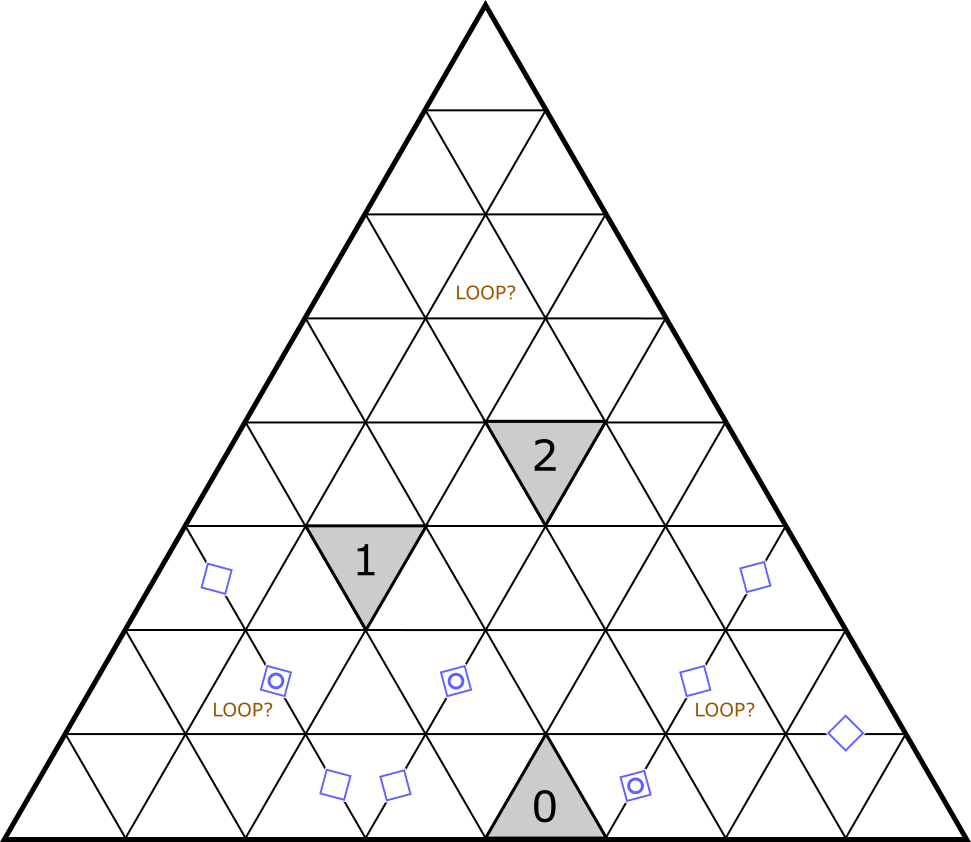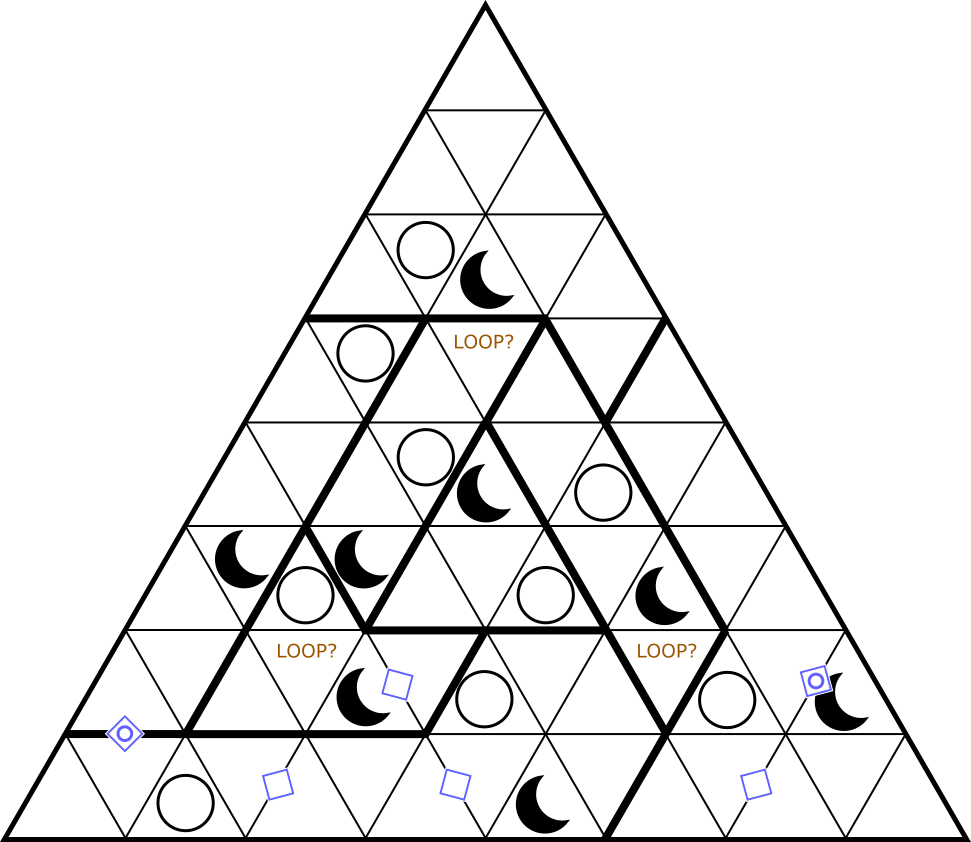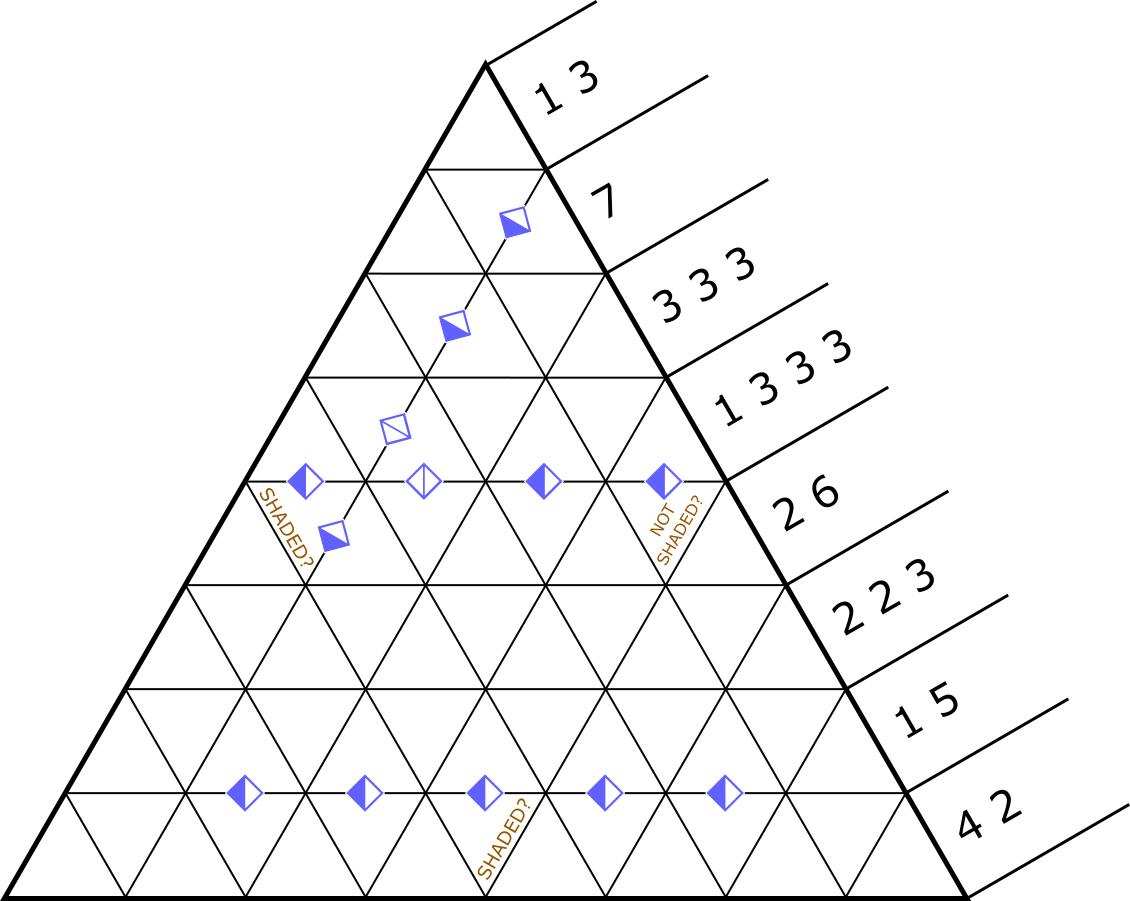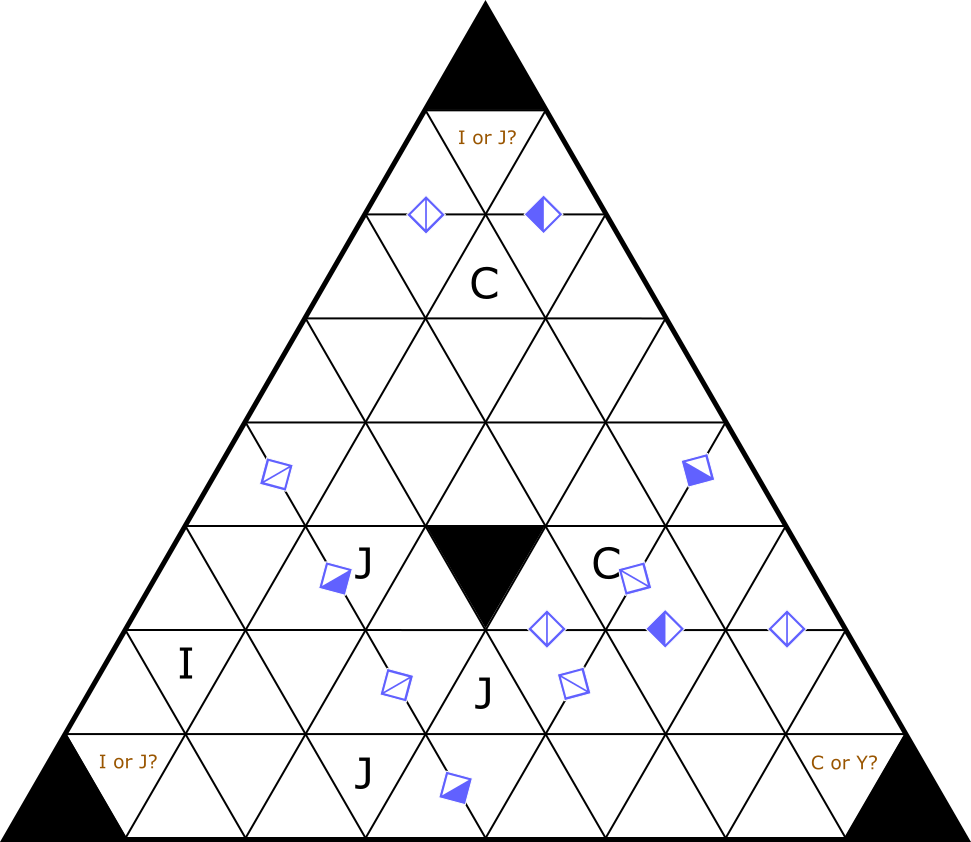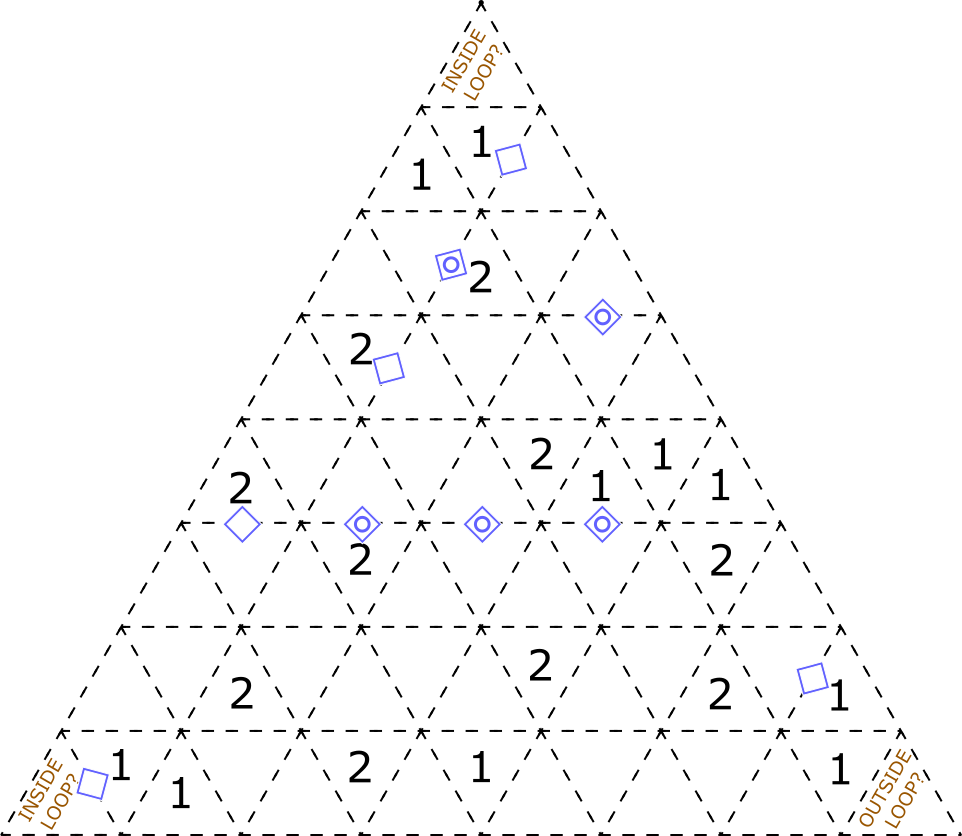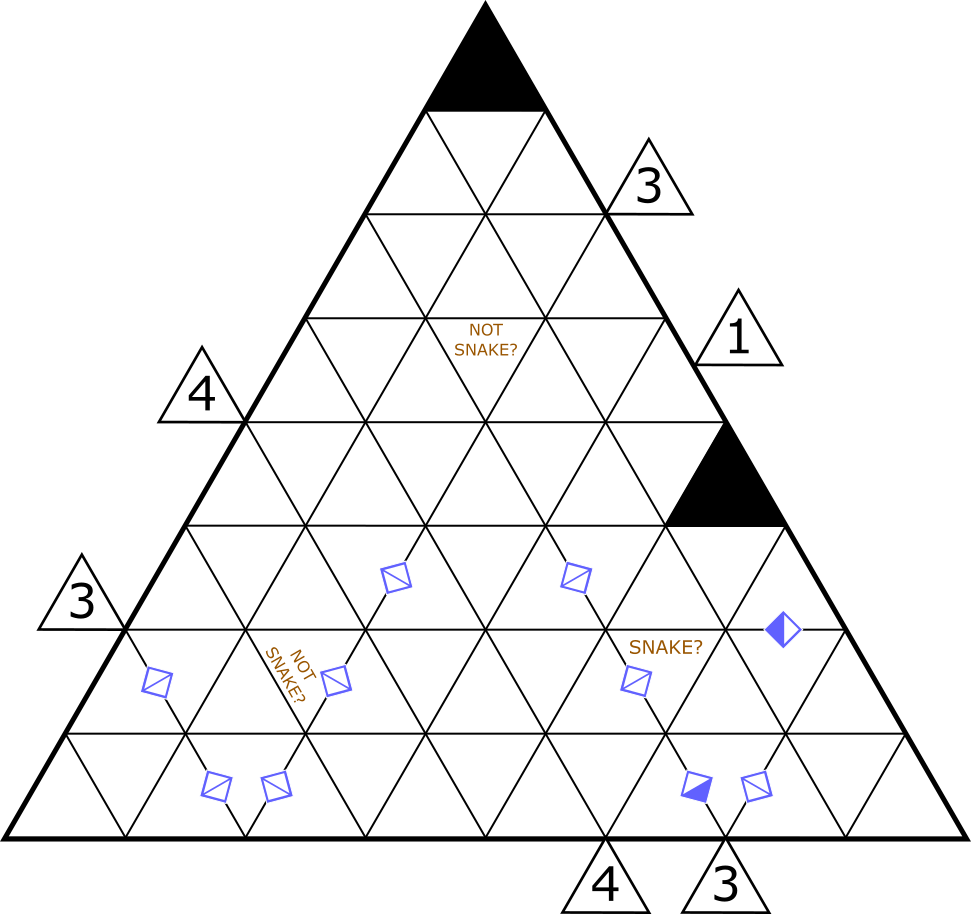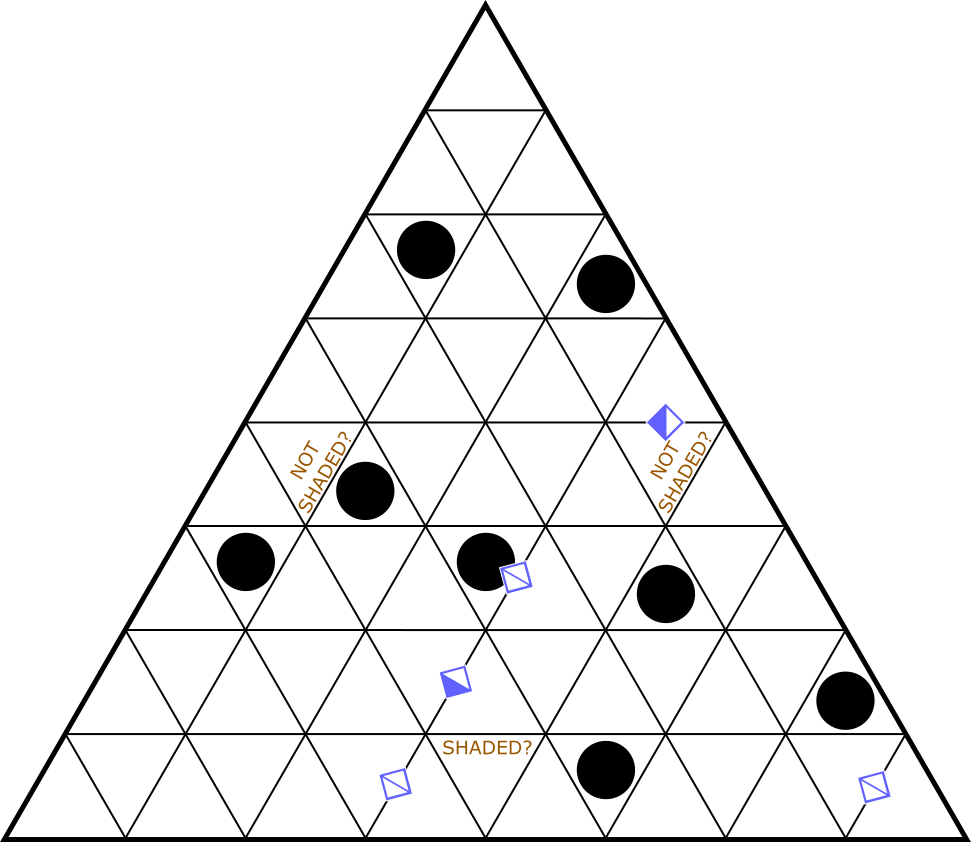Clues are dancing every which way as if to music, but the evidence starts to come together, bit by bit by bit by bit by bit.
Balance Loop
Draw a single, non-intersecting loop that passes through all cells with circles. For each cell in the loop, the cells before and after it on the loop will be along one row parallel to one of the edges of the grid. For each cell with a white circle, the loop will depart from that row after the same number of cells in each direction, as shown below. For each cell with a black circle, the loop will depart from the row after a different number of cells in each direction.

Hidato
Standard Hidato rules, except that two cells may have consecutive digits if they share an edge with each other or share an edge with a common neighbor, as shown.
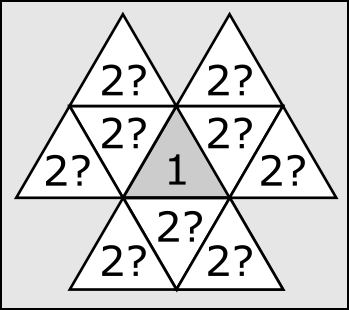
LI
Standard LITS rules, except using only the L and I tetriamond, shown below; and no vertex may have more than 4 shaded cells around it.
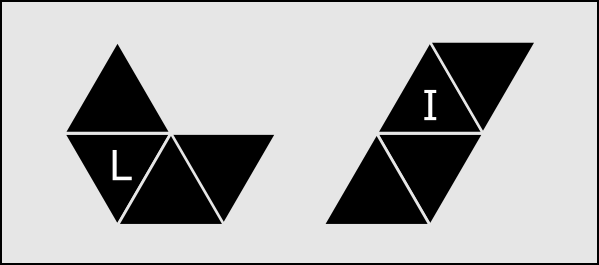
Loop and Block
Shade some cells and fill all other empty cells with a single continuous loop. Shaded cells may not share an edge. Each numeric clue specifies the number of shaded cells that share an edge with that cell; such cells are neither shaded nor part of the loop.
Nonogram
Standard Nonogram rules, except that each clue indicates the shaded cells in its row reflecting off the left edge and continuing down towards the bottom of the grid, as shown below. The leftmost number in each clue corresponds with the shaded segment farthest away from the clue along its path, and so on.
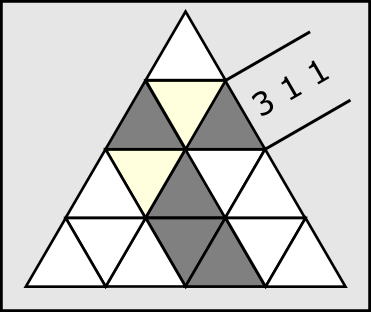
Pentiamondous
Standard Pentominous rules, except using the C, I, J, and Y pentiamonds, pictured below.

Snake
Shade some cells to form a single connected path between the two given cells. The path may not return to touch itself at any edge or vertex. Clues outside the grid indicate how many cells along the given direction, as demonstrated below, form part of the completed snake (including the given shaded cells).
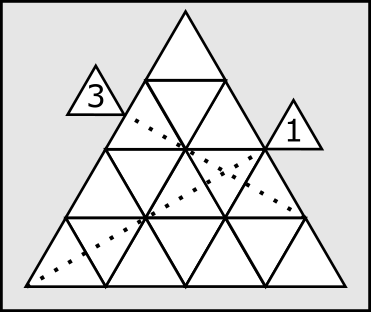
Statue Park
Place two of each tetriamond, shown below, into the grid, with rotations and reflections allowed. Tetriamonds may not overlap or be orthogonally adjacent. All cells not part of tetriamonds must be connected. Each cell with a black circle must be part of a tetriamond.
